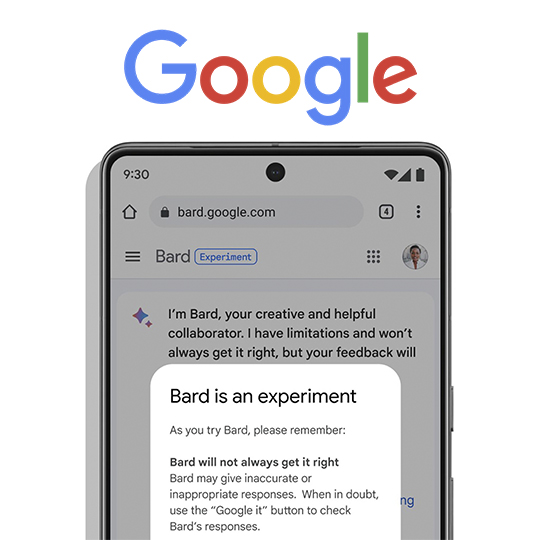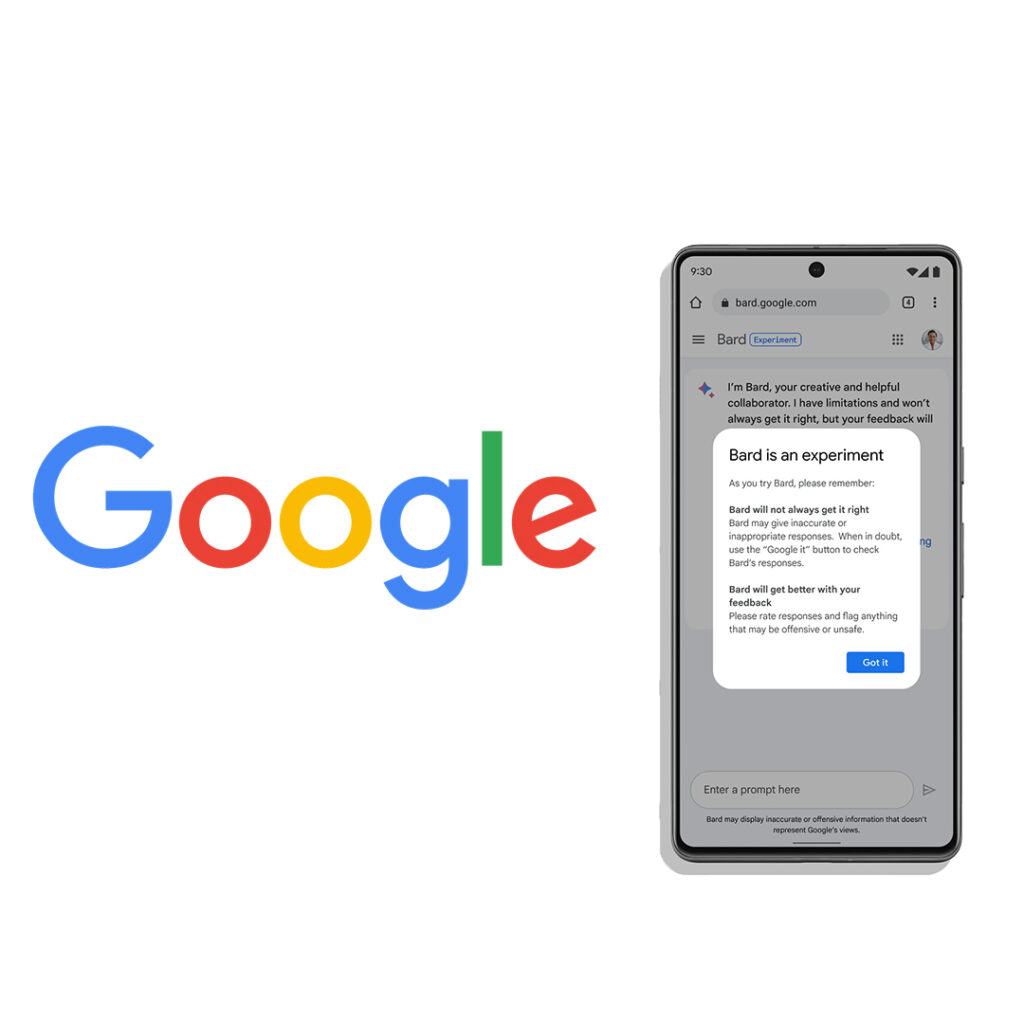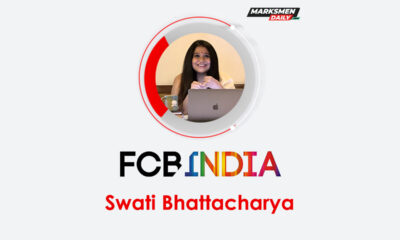Technology
If Bard chatbot isn’t a search engine what is it?
Published
1 year agoon

“Bard is a complement to search.”
That’s how Google describes the relationship between Bard, the new chatbot entering into beta testing now, and its monolithic search engine. According to the tech major, Bard is more of an automated idea and email generator than a tool for obtaining information. You want answers to search queries? That’s what Google search is for. There’s even a “Google It” button at the bottom of most responses generated by Bard.
The thing about Bard and every other chatbot, including ChatGPT and Bing, is that Google doesn’t actually get to choose how you use it. Consumers have been utilising ChatGPT as a search engine replacement for the past few months, and they’ve been worrying what that would mean for Google’s business. Even Google’s competitors see chatbots as search engines: Microsoft CEO Satya Nadella said he launched the Bing chatbot to bring the fight to Google. “I want people to know that we made them dance,” he said.
Bard is a text box from a user experience perspective. And what has Google been teaching us to do with a text box for the past two decades and more? Enter search queries. Google has also been working on rebranding itself as “helpful” over the past few years, using Google Assistant to answer user questions much more directly, and adding more information to the results page so you never need to click away.
Bard is a search engine — and an extremely on-brand Google one. Whether or not Google wants to admit it, it’s currently launching the future of search.

The way Google currently describes Bard appears to be based on what Bard can perform. Sissie Hsiao, VP of product at Google and one of the Bard leaders, said, “In our initial testing, we found that people are happy to use it for use cases like organising their neighbourhood block party.” She referred to Bard as a “creative collaborator” for the time being at least, and she didn’t appear upset when Bard misunderstood a newsy question. Google has a search function for that, right? According to her, Bard is genuinely here to assist people increase their creativity and productivity.
While that’s all good and well, Bard is a chatbot that people can use for general purposes: a blank text box where they can type questions and queries and get instantaneous feedback and responses. Even the text box itself invites exploration — all it says is “enter a prompt here.”
Google has put some rails on the experience, trying to narrow Bard’s scope to only the things it does well. Despite attempts, it refused to answer inflammatory, dangerous, or otherwise inappropriate questions with one draft gently saying ‘No’ while another chatbot angrily rebuked us. Google has been testing Bard-like products for a long time, too. But if we’ve learned anything from Bing, it’s that you can never truly guess what real-world users will do.
The reality is, Bard’s UI still looks like a search box, and Bard is an extremely hit-or-miss search engine. So are the new Bing and ChatGPT. All are likely to hallucinate facts, stridently offering incorrect facts or examples that don’t even exist. Bard doesn’t even provide footnotes or citations with its answers unless it’s directly quoting a source, so there’s no way to check its facts other than the “Google it” button.
Google does go way out of its way to remind you that Bard is still very much an experiment. There are pop-ups and reminders everywhere reminding you that what Bard tells you might be wrong and a notice underneath the text box that says, “Bard may display inaccurate or offensive information that doesn’t represent Google’s views.”

“It’s different than other ways that we’ve incorporated ML into our products,” Collins says. The corporation is being cautious for a variety of reasons, some of which are undoubtedly regulatory watchdogs and pressure on the advertising industry, but which primarily derive from the realisation that it won’t survive for very long if Google search suddenly stops producing reliable information.
That’s why Google has been slow to roll out products like Bard despite nearly a decade of work on some of the foundational technology. (Collins says that he’s been using Bard prototypes since 2019.) Even now, it hedges every time: each time you ask Bard a question, it provides three different “drafts,” each one representing a different output from the underlying model. In a demo, sometimes the three models were quite similar, but often, they were quite different. Like so many chatbots, Bard is likely to be useful for creative ideas and low-stakes questions. For anything else, it’s not to be trusted.
In a sense, Bard actually does fit neatly into Google’s vision for the future of search. Last year, at its annual Search On event, Google executives explained that most users come to Google not seeking answers but adventures. They want to learn more about everything possible; they’re looking for fun things to do in a new city; they want something new to watch, or read, or cook.
This is the sort of thing that Bard could eventually handle really well. In that sense, it’s a co-conspirator and idea machine, rather than a question-and-answer bot. Google always likes to say that 15 percent of its search queries every day are things that have never been typed into Google before; that’s hard enough to deal with when your output is 10 blue links, and it’s a whole other ball game when you’re trying to teach a bot to cogently and accurately answer the question on its own.
Google wants you to see Bard as a glimpse into a far-off future. But if it looks like a search engine, talks like a search engine, and has google.com in the URL. People are going to use it like a search engine. And that could go badly for Google.
You may like
-


Indian Government’s Crackdown on Social Media: A Threat to Free Speech
-


The Simpsons did it again! This time foreseeing Apple’s latest technological innovation – The Apple Vision Pro
-


Dilip Venkatraman was promoted to SVP and business head for Media and Entertainment at Tech Mahindra
-


Swati Bhattacharya steps down as FCB India CCO
-


Lodha Ventures onboards Mahesh Shah as President of Corporate Communications
-


Nippon India Mutual Fund names Kaiyomurz Daver as Chief Marketing Officer


